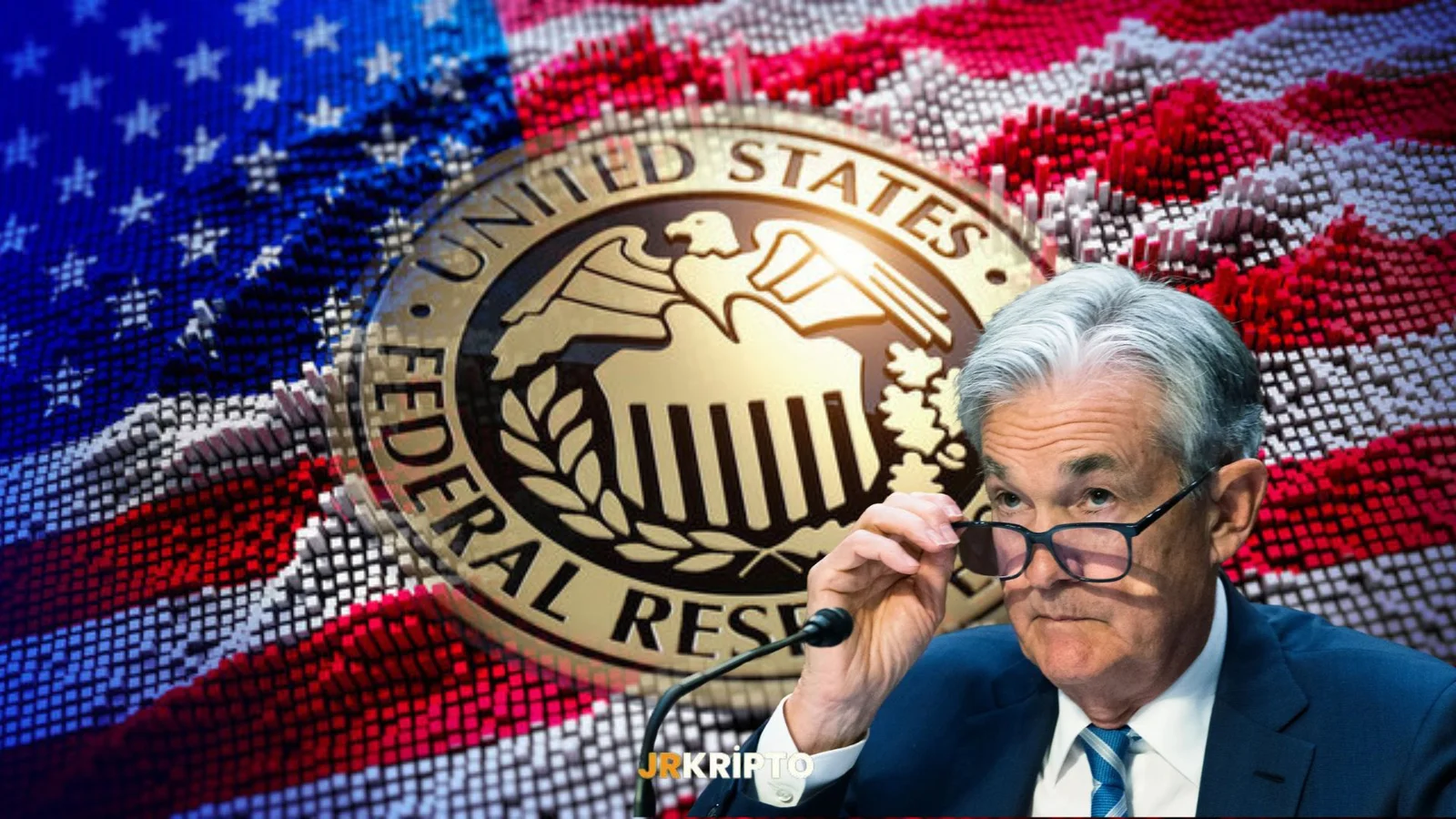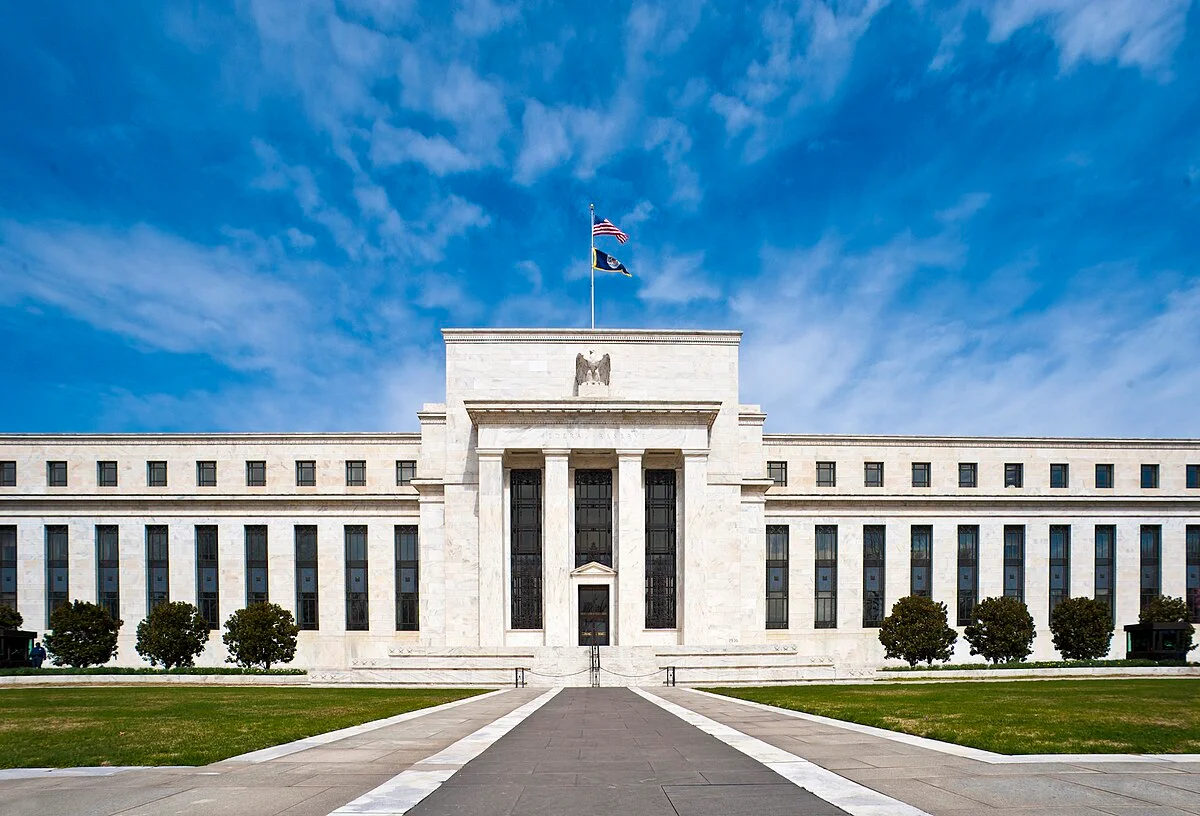Latest PMI Data from the U.S. Confirms Economic Slowdown, but Markets Focus on Fed Rate CutsWhile the latest PMI data from the U.S. confirms a slowdown in economic activity, a more critical agenda has emerged for the markets: when the Federal Reserve will begin cutting interest rates. Fed Chair Jerome Powell, who is set to speak today at 8:00 PM, could largely shape the tone of the response to this question.
What Do the Data Show?
The S&P Global Manufacturing PMI, released on June 2, came in at 52.0, falling short of the 52.3 expectation. Shortly after, the ISM Manufacturing PMI dropped to 48.5, remaining below the 50 mark and indicating continued contraction in the manufacturing sector.
When combined, these two indicators signal a slowing economy. However, what markets are focusing on is something else: these weak data points are further strengthening the case for rate cuts.
What Are Markets Expecting?
The weakening economic activity is prompting thoughts that the Fed should act without further delay. Analysts and investors now have a clearer view that interest rate cuts could begin as early as July.
Following the data, U.S. Treasury yields declined, while interest in risk assets began to rise again—suggesting that markets are viewing the rate cut scenario positively.
All Eyes on Powell: Key Messages Expected at 8:00 PM
Jerome Powell’s statements this evening are crucial not only for the current economic outlook but also for guiding the Fed’s interest rate policy.
Expectations are clear: Powell may adopt a more dovish tone in light of the incoming data. This would mean that rate cuts are no longer just a possibility but are becoming a strong scenario.
A New Era May Begin in July
The dominant scenario in the markets is that gradual rate cuts could begin with the July meeting. The likelihood that these cuts will continue in subsequent meetings throughout the remainder of the year is also increasing.
In particular, the relative stabilization in inflation and the slowdown in economic activity are strengthening the Fed’s hand in moving toward rate reductions.




